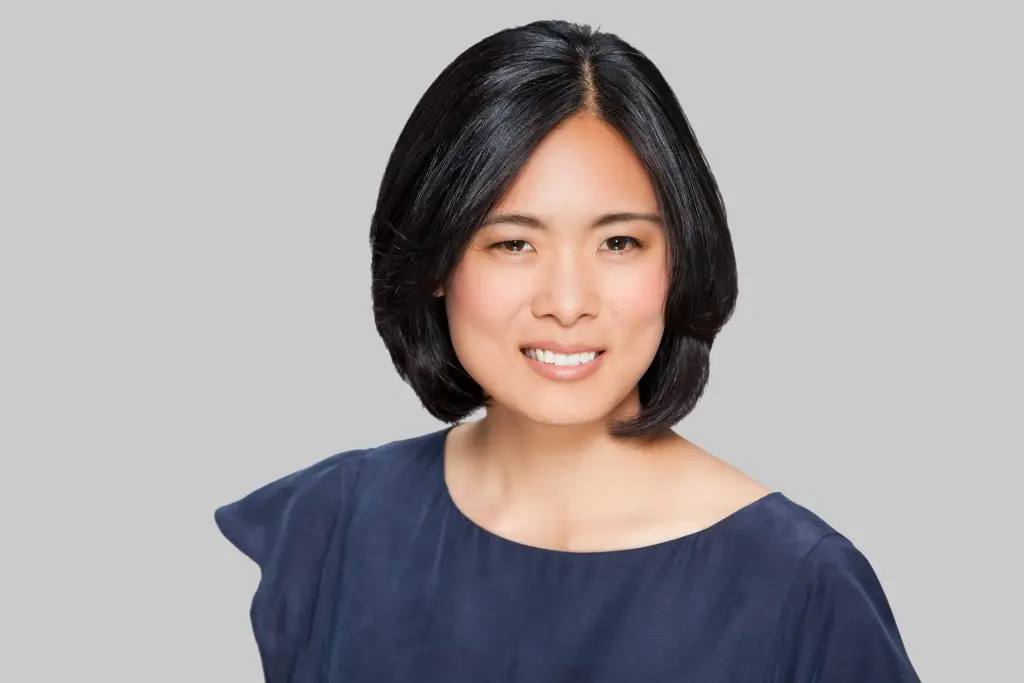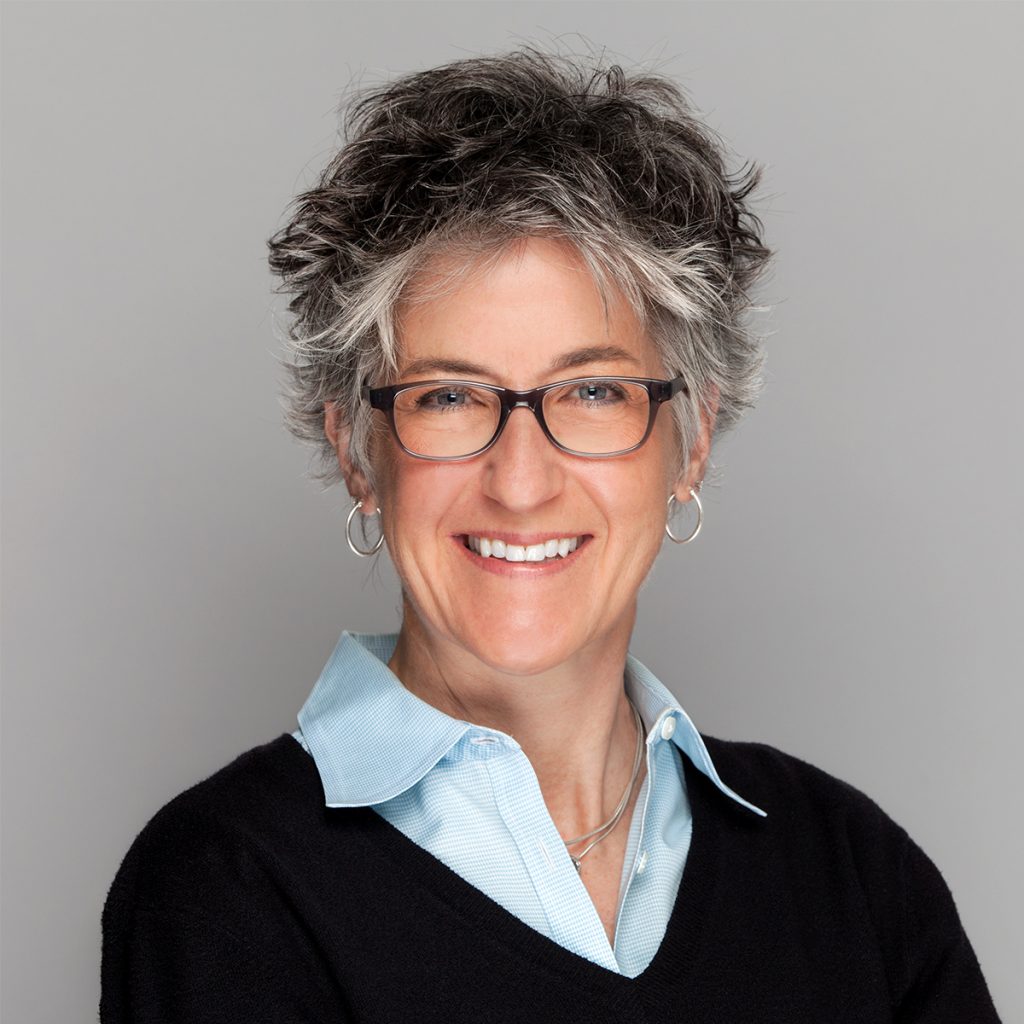An email interview with the Co-CEO’s of Evidation Health
Over the last few weeks I’ve been conducting a back & forth email interview with Christine Lemke (L) & Deb Kilpatrick (R), the co-CEOs of Evidation Health. They raised $153 million in a Series E back in March (almost a small round these days!) but I wanted to understand a bit more about what the “new” Evidation was doing—Matthew Holt
Matthew Holt: Congrats on the latest funding. Clearly Evidation has evolved since its founding, but focusing first on the clinical trial study aspect, can you explain how the Achievement panel is structured? How was it put together? What are the typical ways that your clients use it, and what is the member experience?
Deb Kilpatrick: Our Achievement platform is the largest virtual connected research cohort in the United States, with more than 4 million users across all 50 states and representing nine out of every 10 ZIP codes. Through the platform, accessible via our app or through a browser, individuals have the opportunity to contribute to ground-breaking medical research in a number of ways: they can connect smartphones, wearables, and connected devices—think Apple Watches, Fitbits, CGMs, etc—that generate heart rate, activity, sleep quality, and other health-related data; they can connect health apps like Strava and MapMyFitness; and they can participate in surveys and provide patient-reported outcomes (PROs) of many forms.
And they do so with strong privacy protections for both data collection and data use, including use-case specific consents that can be sequential over time. This goes for new Achievers and those who have used the platform for years. And Achievers always have the option to remove themselves from any research project, and/or the platform altogether, at any time.
What do we do with that data? Evidation partners with leading health care companies, including nine of the top 10 biopharma companies in the world, to understand health and disease outside the clinic walls while measuring real world product impact. We’ve conducted virtual trials for almost a decade now, totaling more than 100 real-world studies across therapeutic areas.
Offering financial reimbursement to clinical research participants is a long-held and common practice in traditional medical research, so Achievement users earn points for their participation that can be redeemed for cash or donated directly to charity. But, interestingly, what we’ve found over the years is that participation in research is an activator; time and time again we have heard from individuals that participating in our studies makes them aware of the power of more actively monitoring and managing their own health—whether they’re healthy and health-conscious or managing a chronic condition. We’ve also found that Achievement members are motivated by the fact that they are helping advance the scientific or clinical understanding of their condition. We think that these sorts of factors, taken together, have driven the growth in participation: while we reached the milestone of more than 1 million individuals participating in research and health programs just last year, we expect to surpass 2 million later this year.
Matthew Holt: This may be my misunderstanding of the original Evidation business model, but was it true that the original idea of the panel was to monitor and test digital health products and services including wearables and to review the results from their use? The well publicized study you are doing with J&J and Stanford on heart disease seems to be of that type. But has it turned out that more of the trials you are doing are more standard drug trials, but you are 1) allowing the pharma companies to get access to patients more quickly because of your large panel and 2) you are able to measure and track results using your system and the wearables with the patients at home, without the cost and inconvenience of them having to go into a clinic? Are you doing both types of trials and what’s the percentage split, or is it something else that I don’t understand?
Christine Lemke: The founding premise of our company and its product, Achievement, was to use an emerging data source—specifically, data generated from personal computing devices, e.g., smartphones and wearables—to reward people for health-related behaviors. Today, with an individual’s consent for each use, we are able to harness this data to measure health in the context of that person’s everyday life. As you can imagine, this has many, many research applications—including working with biopharma companies and digital health companies—really anyone who cares about measuring health in the real world. And with the scale and depth of relationships within Achievement, we can bring the type of speed and access to diverse populations that every company values. Without getting into the specific split, we’ve run more than a hundred research programs—we work with 9 of the top 10 global biopharma companies like Johnson & Johnson, Lilly, and Sanofi, and have well-publicized collaborations with tech companies like Omada Health, Lyft, and Apple.
Matthew Holt: Does the work with bio-pharma companies include remote clinical trials–in other words “standard” phase 3 trials of a medication but instead of the patient going to a center to get the drug and being measured evaluated physically, Evidation (or a partner) sends the medication or a placebo to selected patients and then uses its technology to track them and record results? Or are you using some kind of hybrid approach? Or are you not doing that kind of clinical trial, and simply using your tools for clinical studies without pharma interventions?
Deb Kilpatrick: Evidation’s work for pharma centers on measurement of health and product benefits in everyday life—while enabling anyone to participate in ground-breaking research and health programs entirely outside of clinic walls. This is accomplished through direct, closed loop connections to people and permissioned data from all sorts of PGHD—including smartphones, wearables, and connected devices, along with self-reported quantitative and qualitative outcomes from the Achievement network. We generally do not send drug products to individuals as part of our work, but many of our research studies do focus on individuals who are already taking a specific medication in the normal course of treatment for a particular condition.
I’ll also note there are sometimes at-home testing components to our studies, such as with the infectious disease research we’ve conducted in partnership with BARDA (the Biomedical Advanced Research and Development Authority, an office of the U.S Department of Health and Human Services) and Audere, a digital health, non-profit organization. In this case, eligible individuals who agreed to participate completed a baseline survey, connected their wearables, reported symptoms regularly, and, if applicable, completed an at-home flu test kit.
Matthew Holt: You’ve stated pretty clearly that Evidation is next moving into delivering care directly to its Achievement panel. But what does that mean from the patients’ view point? After all the research panel you’ve put together is relatively unique but there are way more than 4 million people who need care and of course hundreds of digital health companies making all types of attempts to deliver that care. What are you doing and why won’t this new product set run into massive competition from the Teladoc’s of the world, let alone the rest of the US care delivery system?
Deb Kilpatrick: Achievement is open to all adults in the United States, and membership on this platform continues to grow everyday; the footprint is now in 9 of 10 US zip codes and spans more than 35 different therapeutic areas. With regard to new product focus, what we’ve said is that we’re extending our product portfolio into virtual health—not virtual care delivery, in terms of physician-delivered care. Our new virtual health offering will continue to support our research partners, but it will now enable individuals to continuously monitor and learn from PGHD relevant to their health—while also giving them personalized, evidence-based navigation tools to guide provider visits based on that information. No one is more excited about telemedicine adoption than we are at Evidation, because it is another means of people getting care on their own terms in everyday life—and we’ll do everything we can to empower it.
Matthew Holt: Can you expand on what it means for people to “continuously monitor and learn from PGHD relevant to their health”. We know that there are people who are weekend warrior triathletes who constantly monitor their heart rate, food intake et al, and there are many people living with chronic illness who try to monitor and manage their blood glucose, weight, blood pressure et al. But that has proved to be very hard, and we also know that most people don’t do much of anything to monitor their health. What precisely is Evidation going to offer for what types of people/patients, and why do you think it’ll be successful when so many of these monitoring tools have such huge drop off rates?
Christine Lemke: What today’s wearables and devices don’t do is tell people how to interpret the information they’re seeing. OK, my sleep pattern has changed over the last few days and I’ve taken fewer steps on average; is that important? That’s where we see our role: providing users with personalized, guidance-based tools so that they can use their own data to improve their health. That could be a reminder to adhere to their care plan, or it could be a prompt to contact their physician. Our commitment is to return to our Achievers insights that give them a more complete picture beyond the infrequent visits with a doctor and make it easier for providers to guide their patients to the right treatment path for chronic conditions that are typically difficult to manage.
You’re right that it’s difficult to get individuals to adhere to home health monitoring and treatment programs over time. What we’ve learned from our sizable Achievement community, though, is that when you keep people engaged in a health program they’re more likely to stick with it and keep coming back to participate in other ways, and so we’re confident that by providing personalized virtual health programs that return their own data to them in actionable ways we’ll be able to help them achieve better health outcomes with their providers.

